Today was a big event…. tea tasting with L, J, and Bearsbearsbears. We met up before lunch, had two teas (one Menghai Bada Shan, one Zhongcha Bada Shan) and then got some food, after which we headed over to L’s friend, G, to try some teas.
G is an odd person. He lives on top of a dual use building, with a nice view. When we got there, his wife/companion was still in her pyjamas, drinking some tea, and I think G wasn’t even really up yet. It’s a fairly big place, with a big coffee table that is filled with teaware that dominates the room.
We sat down, and soon we were underway. The first tea we tried was a 1980s Tongqing Hao, which was really mediocre and wet to the hilt. It was wet, wet, wet. This is the sort of wet stored tea that leaves a nasty feeling in your throat.
Then we had a 50 years old 1000 taels tea. It was nice. It was not great, but not bad. I enjoyed it. Nothing too much to write home about — I’ve had better.
Then it was a newer tea. G proclaims proudly that he doesn’t own any tea that is produced after 2000. He seems to have bought, or is about to buy, a lot of this following cake we’re going to taste. The tea is wrapped in the Zhongcha wrapper from the old days, of the original Yellow Label design. This is a newer tea, looks quite young, and when he asked me how old I think it is, I gave the honest answer of 3-5 years. He said “no!” and told me how none of the teas he has is younger than 7 years old, blah blah blah… so we brewed this one up. It was, at most, about 5 years old. It first only tasted mildly like the Lincang stuff I’ve had before, and the first infusion was quite nice, but as we went further along the tea got worse (rougher, more bitter, etc) and less interesting, and also more and more like Lincang stuff (Mengku, Fengqing, etc). Lincang stuff of about 5 years aging should be pretty cheap, as they are produced in large quantities and prices simply aren’t high for this area. He said he might be buying this cake for 250 RMB a piece or so. I think it’s a ripoff, but I had to just smile and nod and say it’s not that expensive. The guy doesn’t like to take no for an answer.
Then it was a cooked brick from the 80s. While it’s entirely ok and mellow, it was a cooked brick, and one should not expect too much from a cooked brick.
In between all these, we had a conversation about how I am a PhD student studying history, and he showed us a 100 years old tea, supposedly. It looks rather unremarkable, and he wasnt’ about to let us try it. He also showed us what looked like a real Songpin Hao, but he wasn’t going to let us try that either. So…. all in all, we didn’t have many interesting teas today. They were all broadly similar, and really not that exciting.
After that, we went to tea shopping at the Tianshan market. BBB thinks he’s coming back for the teaware, while I just looked at all the puerh stores. We tried three teas total, all at my request… the first was a Haiwan Laotongzhi, which, oddly enough, tastes much nicer than I imagined. The second and third were both “old tree”. The first was a “Yiwu” that didn’t really taste like Yiwu. It was cheap too… makes you wonder, doesn’t it? I suspect it might be summer leaves masquerading as big tree leaves…. makes the tea look nice but really not that flavourful. It looks better than it tasted. The second was similar… more intense, but half the price. Still not that interesting, and I think I can find stuff that is better, even if for a higher price…
All in all, a long day of drinking tea (and which got me a little uncomfortable as I started feeling the effects of it through dinner). We ended the day with a drink at a bar, and I tried, for the first time, a Chivas Regal Royal Salute. I was tasting it like a tea… smooth, sweet (it’s relative), with a nice aftertaste, and really quite pleasant. I think I like it better than the JW Blue Label. But ok, this is a digression.

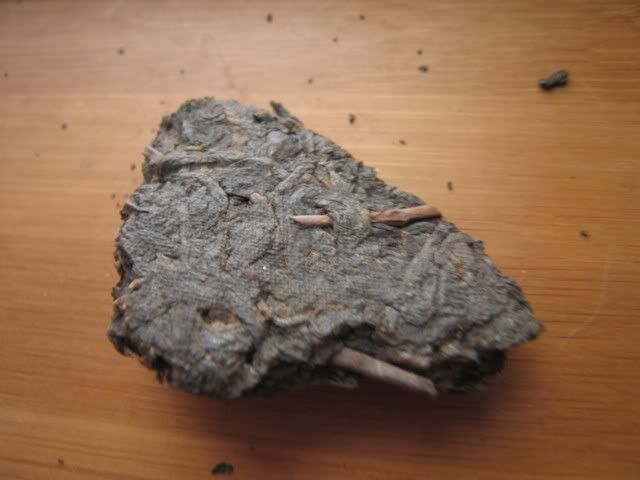

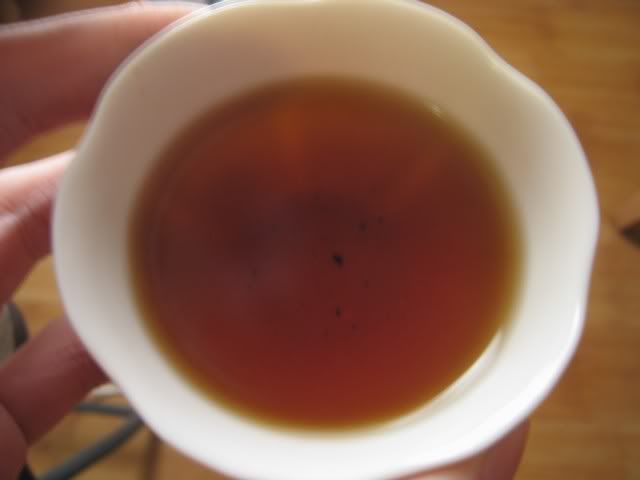
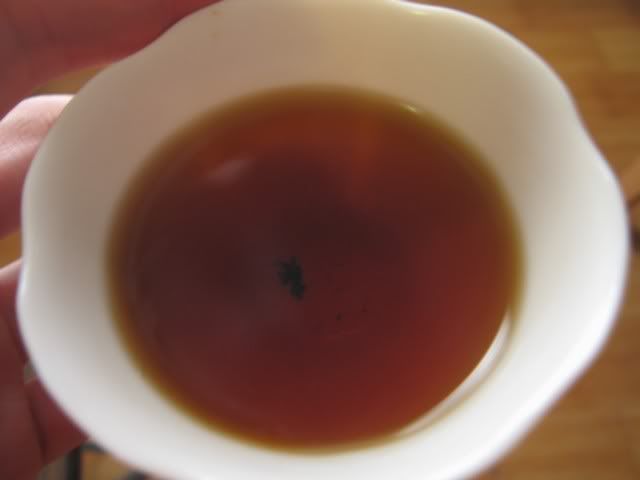
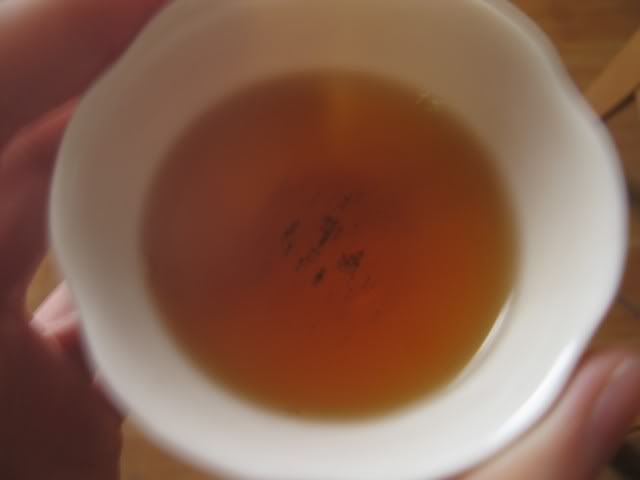
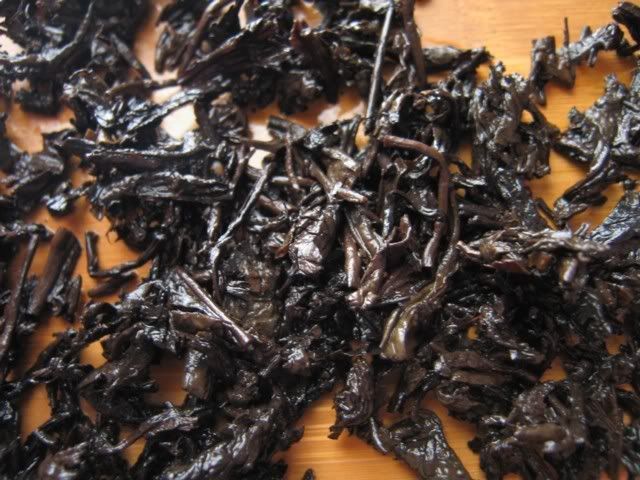
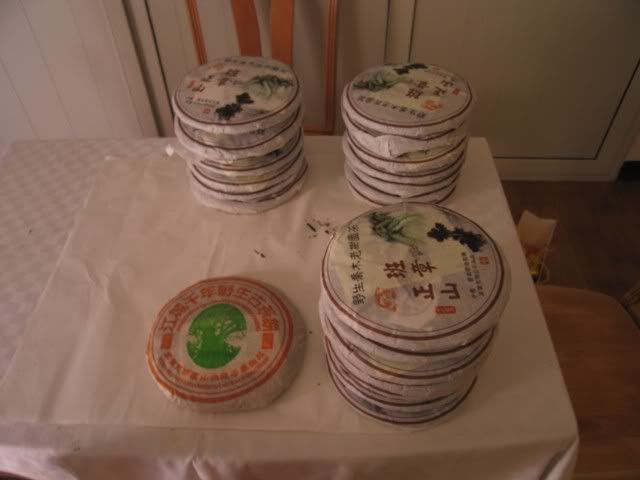
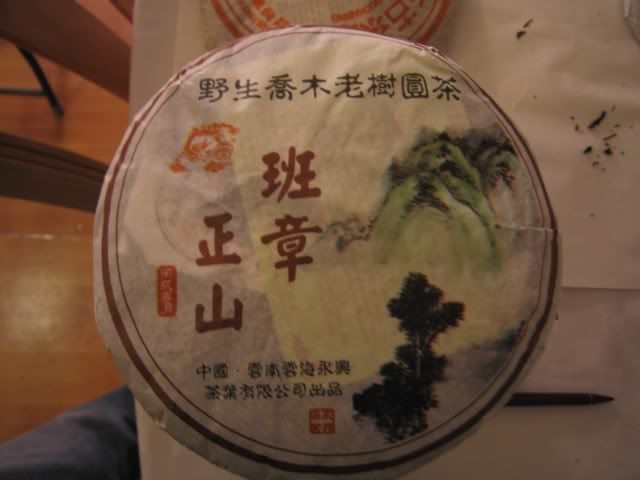
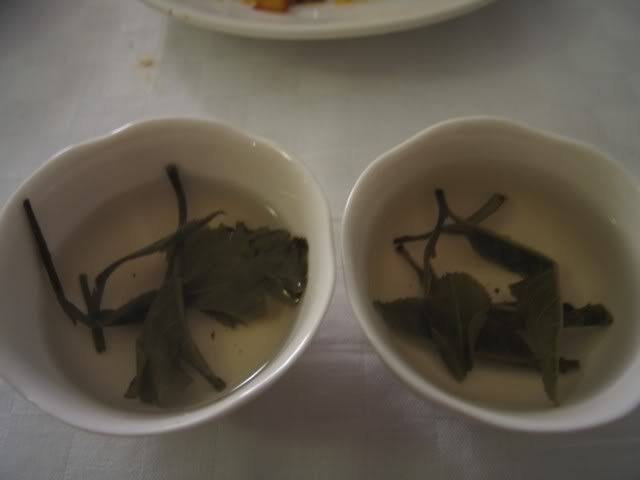


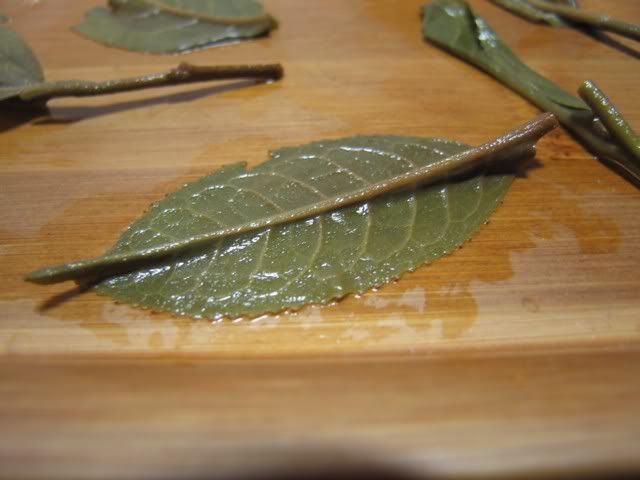

I just want to say that I still find your blog and writing extremely relevant. Thanks!